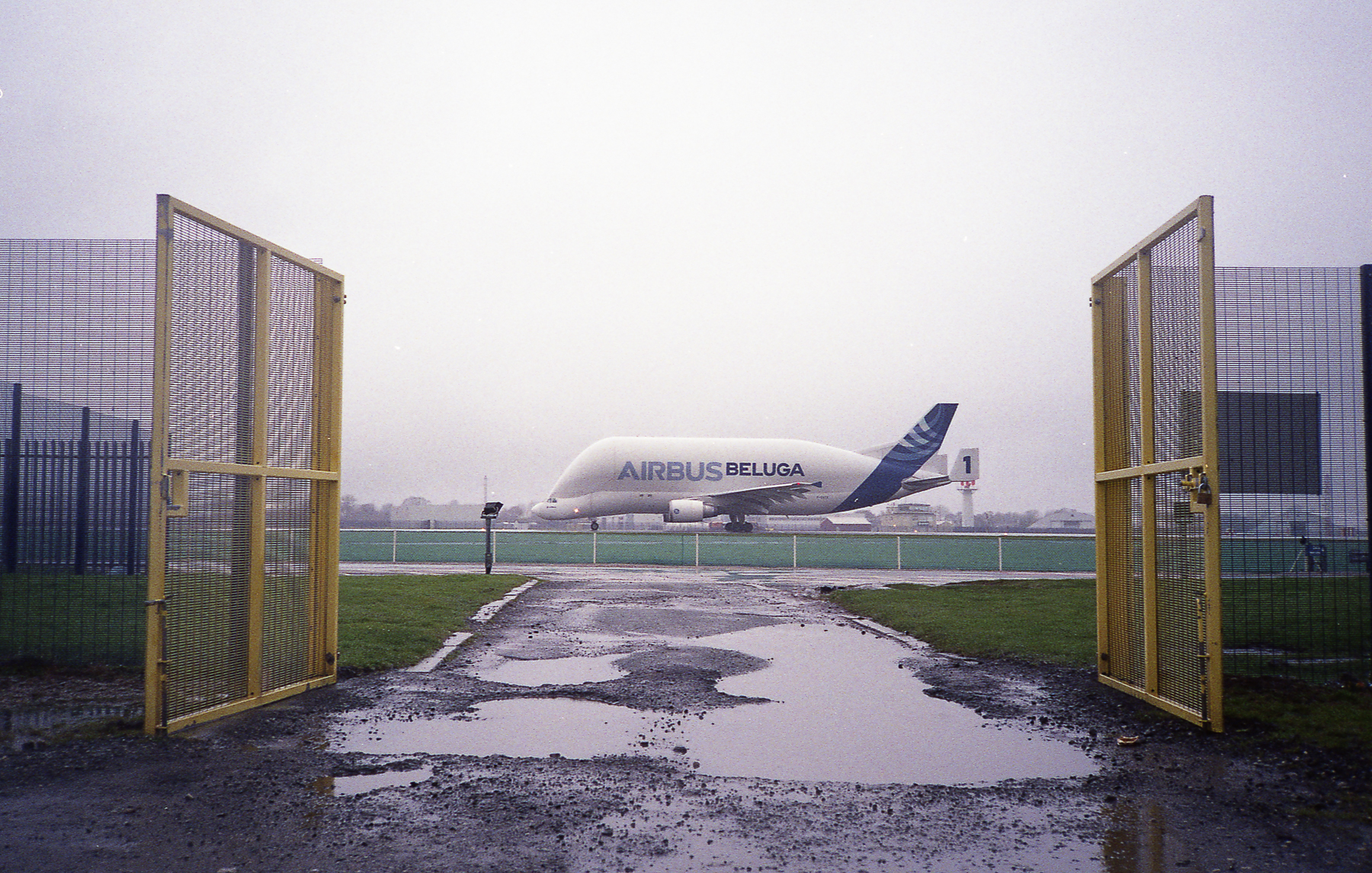Can the form factor of a camera really change how you work? Can it also change the way you ‘see’?
One XA user recently commented that I was ‘seeing things the XA way’. That struck me and I started to think of how this could be.
My photo output has had a nitrous-oxide boost lately. The Olympus XA is a creative pocket powerhouse. In fact, combined with the availability of £1 rolls of 24 exposure Agfa Vista 200 film here in the UK, I’m shooting more frames than ever. What’s more, the amount of ‘good’ frames that I’m pleased with is easily about three quarters of any roll (I’m easily pleased!). My pro photojournalist mentor/friend says I have a ‘good kill rate’. Is this camera influencing the scenes I’m looking for, or is it enabling me to do what I already do, better?
The small, compact Olympus XA was a design icon of its time and is possibly the best camera I own. Released in 1979, it’s small, pocketable and goes with me everywhere. Now, it’s easy to say that you intend to take your camera everywhere with you, but we’re all human. Let’s accept that the easier the camera is to take with us, the more likely our flawed human nature will not be able to find an excuse to ‘not bother this one time’. This is why my Mamiya Super 23 is patiently waiting upstairs in the middle drawer, emitting its own gravitational field.
The XA’s body design is often referred to as a clamshell, where the case slides open to reveal the lens. Another operational obstacle removed – no lens cap or soft case. I took the XA into a full-blown gale in some sand dunes where I would have left my other cameras in their cases. The lens was exposed only for a few seconds and the spitting rain kept at bay. On the street you become a camera-ninja: slide/focus/click – slide shut! You can stealthily return to the shadows, unobserved. It’s as if the camera has its own sci-fi cloaking device.
Interestingly, several mountaineering friends have seen me with my XA and remarked that they also had one back in the day! Hardly surprising given its size; but the quality and character of their images must have been epic.
Then there’s the lens, the sharp 35mm Zuiko with rangefinder focussing. Apparently some really clever witchcraft was used to make it actually shorter than its optical focal length. I love this focal length and although not specific to this camera, it suits my style of photography. Some find the rangefinder ‘patch’ a little troublesome at first, but I personally have no problem. It does demand a little time and that’s a good thing, which I’ll come on to.
I also find the gentle vignette artefact of the lens very pleasing and it’s part of the hallmark of XA images. Even if it’s not too evident, when all your images are on the equivalent of a lightbox, you’ll notice a very pleasant character to your collection. Is it affecting my composition? Maybe. I’ll generally look to the rule of thirds, but perhaps unconsciously I’m placing objects centre-frame a little more as I know the subtle vignette can enhance and enforce the visual narrative.
The shutter is a magnetic hair-trigger, so I’m more than happy shooting at 1/30th of a second if I need to. Photographic output and shutter count increased again. It’s a good compromise between the ‘slowing down’ that film offers compared to the ridiculous instant gratification that is digital. It also means that with a normal speed film, you’ll get a decent depth of field and things will be nicely in focus. On the other hand, I’m personally less inclined to play with shallow depth of field, especially with this 35mm lens, so images again take on an XA ‘feel’.
So, taking all this into account, what kind of pictures do I take? Well, the unplanned, I suppose. The everyday objects I pass at work or in the street that may be eye-catching for their incongruity, quirkiness, form or colour, for example. When the sun casts some light on the hillside and I’m traveling in the car – stop and click. The countryside walk in our beloved, changeable British weather. The unplanned street-shot.
The diminutive Olympus XA with its availability and ruggedness has definitely influenced the way I work. And yes, it is indeed changing the way I ‘see’, I’m pretty sure!
Take a look at these images and decide for yourself! I’ve included different genres – so see if you can detect a common thread.
Connect
Robert Law has been a film photographer since a teenager in the early ‘80’s and works in broadcast media. He has migrated back to film from digital photography to regain the honesty and integrity that he believes this medium brings. His images can be found on his Facebook page: With The Grain, as well as his Instagram account: roblawphotography



















